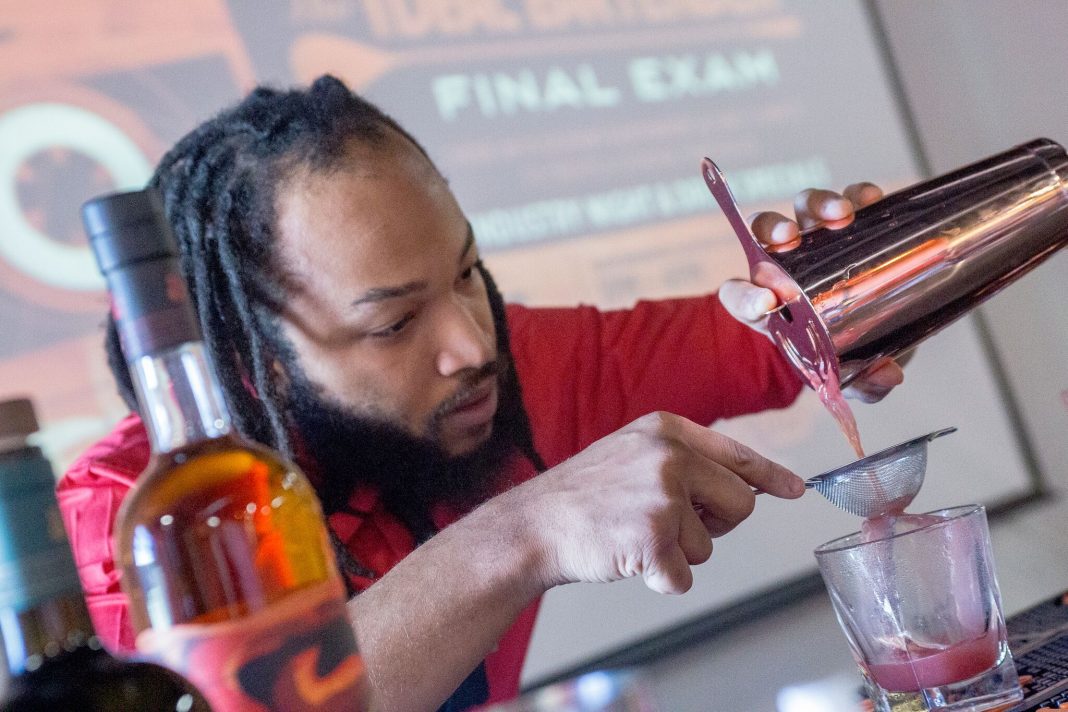As most readers know by now, yesterday the governors of Kentucky and Indiana ordered restaurants and bars in their states closed to dine-in and drink-in trade in an effort to slow the spread of coronavirus (COVID-19). Food service in the form of carryout, drive-through and delivery as yet will be permitted.
Plainly the intent is to encourage the passing of boxes and bags filled with food to customers with the bare minimum of human contact — and no loitering, please. It has been only a day, and there’ll be numerous further details.
Although Indiana’s orders stipulated a two-week duration to the “in-person” closings, almost surely this guesstimate is wildly optimistic. The word “indefinite” is better deployed; it’s how this will be, until it isn’t.
(Almost as an exclamation mark, on Monday evening the Courier Journal reported that the 146th Kentucky Derby will shift to September 5, with the formal announcement by Churchill Downs expected this morning. Thunder over Louisville moves to August 15, according to Louisville Business First.)
Restaurants and bars have responded to the “new abnormal” in as many different ways as there are individual establishments, all the while frantically juggling personnel, checking accounts and social media feeds. When the ground shifts beneath your feet, you improvise while glancing nervously for the nearest low-hanging branch.
For bars, it’s tantamount to Prohibition. Some restaurants already operating on a carryout model will be only lightly affected. Many more will be chucking their business models into the nation’s ongoing dumpster fire and reformatting on the fly, with fingers crossed and credit cards pushed to the limit.
It’s especially brutal for the higher-end fine dining establishments, those restaurants where the in-house ambiance is so very much of the dining experience, and doesn’t lend itself to being consumed from a container, whether made from Styrofoam or biodegradable cardboard.
Obviously, quite a few restaurants and bars have made the most difficult decision to go into complete hibernation during the mandated period of closure, in the hope that there’ll be something to return to. The greatest impact will be felt by the work force. Already projects are afoot to provide assistance to these people, of which there’ll be more to say as the days pass.
It’s awfully hard to make sense of this unprecedented maelstrom, but here at Food & Dining Magazine, we’ll keep trying. All anyone can ask of you, our readers, is to embrace your favorite dining and drinking businesses. Buy a carryout meal and a few gift cards. There is no path forward that doesn’t include helping each other.
NEXT: Our editor-in-chief Marty Rosen has a few words to say. Later on Tuesday, we’ll look at The LEE Initiative’s and APRON Inc.’s helping hands for food service employees.

























